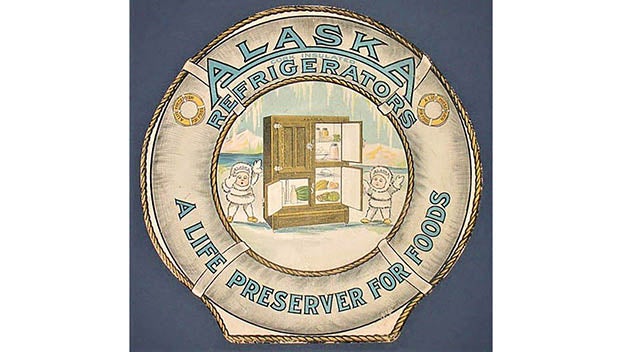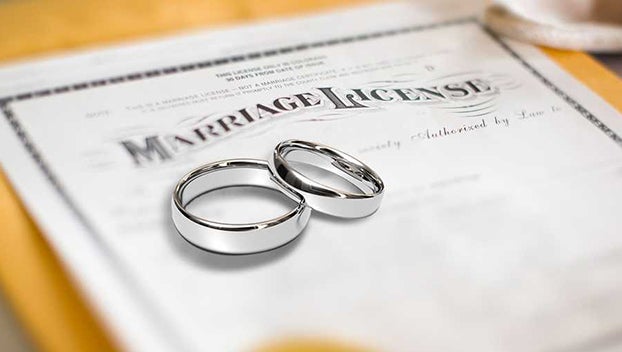AND NOW YOU KNOW — Take trip to 1930s Orange and the incredible $49.50 refrigerator
Published 12:26 am Friday, April 22, 2022

- Alaska Refrigerators were marketed as “A Life Preserver For Foods.” (Courtesy photo)
|
Getting your Trinity Audio player ready...
|
The Sunday/June 22, 1930, edition of the Orange Leader had a large advertisement about an ultra-modern refrigerator being on sale.
As of July 1, the Orange Furniture Company and the O’Neal Furniture Company would be merged. To celebrate the merger there would be a seven-day sale for the Alaska cork insulated refrigerator.
The storage capacity of the refrigerator on sale was 50 pounds and included a would-be 300 pounds of free ice.
The Alaska was a cutting edge refrigerator. Its predecessors had been basically hardwood boxes to contain ice with a separation to keep the ice from touching the food and a drip pan to catch the melted ice.
The Alaska refrigerator was famous for its food saving and ice saving “perfected insulation.” This was a layer of cork between the outer and inner walls.
The refrigerator had a splendid design and finish. It was available in enamel or porcelain in a snow white finish that was sanitary and easily cleaned. It was guaranteed to give years of ice-saving service.
The outstanding feature of the Alaska was “Food Ex.” This was an index that showed where each of the five shelves kept which food the best. Food Ex was based on the recommendation of “famous domestic science teachers” and of the United States Bureau of Home Economics and was an exclusive feature of Alaska refrigerators.
The ad stated: “Here in all sizes-styles-prices. See this line of refrigerators now — we supply 300 pounds of ice and guarantee satisfaction.
“The Alaska is graded “B” by the Laboratory of Columbia University. To be graded the box had to keep a temperature of 50 degrees or lower when the ice was properly installed. The refrigerator was graded and passed “OK” by the Columbia University Laboratory.”
Users were advised to ask their iceman to check the efficiency of their refrigerators to see if they were keeping food chilled below the danger point of 50 degrees. If they were not keeping food below 50 degrees, then it was time for the old refrigerator to be replaced, preferably with the newest-model Alaska.
The 50-pound size refrigerator was on sale for $49.50, with a $1 down payment. The top icers were also on sale for $16.75 with $1 down. They were not approved and did not include free ice.
The offer was good at both stores before the merger.
The ice was stored in a compartment on the left side of the refrigerator, with a small compartment below it for food storage. On the right side were five shelves and a storage compartment on the bottom. How the food should be placed was described in the Food Ex.
The Alaska refrigerator was tested and approved and had the Seal of the Good Housekeeping Institute.
“And now you know”
— Written by Mike Louviere





